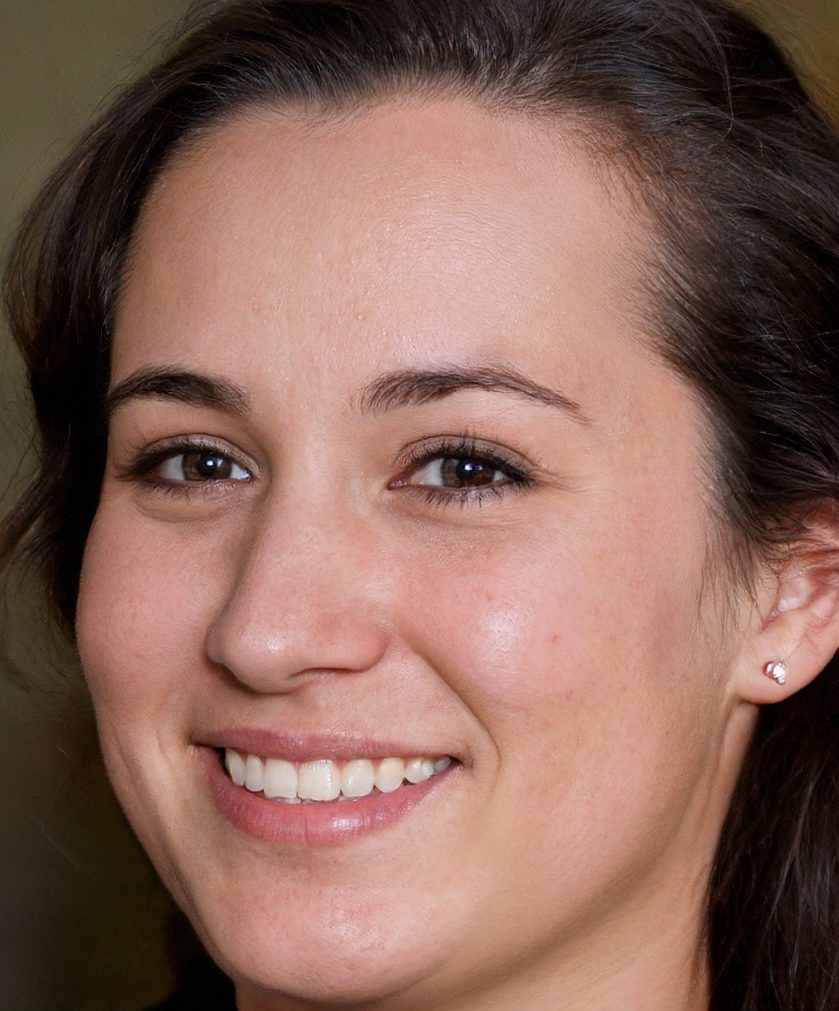The movement and interaction of the Earth’s lithospheric plates.
It may seem strange, but the Earth’s surface changes constantly. Alfred Wegener, a man more than 100 years old, suggested the concept of continental drift. His hypothesis claimed that all continents once joined into one supercontinent, called Pangaea. His hypothesis was initially dismissed by most people. It was a coincidence that South America, Africa and Asia seemed to be logically connected. However, fossils from the same type dinosaur were discovered on both continents many years later. Scientists believed Wegener was right. Scientists believe Wegener may have been right. Millions of years ago, continents were placed differently to how they are now. Plate tectonics explains that Earth’s crust is and upper layer, known as the Lithosphere, are divided into sections called the tectonics plates. The asthenosphere is the plastic-like layer in Earth’s mantle, and there are approximately 13 tectonic plate that float on it. These tectonic plates are slow to move, at a rate of 3 centimeters a year. That’s about the rate at which fingernails can grow. A plate boundary refers to the point where two or many plates meet. There are three types: convergent and divergent. These boundaries influence the surface of Earth and its changes.
Convergent boundaries arise when two plates of tectonic activity move toward each other. Mountain ranges are formed when both the continental and continental tectonics plates collide. The collision of the Indian-continental plates and the Eurasian plates created the Himalaya mountain range. The highest mountain range in the world is found here! Mountain ranges, volcanoes, trenches and a continental plate collide to form when an oceanic and a continentic plate meet. Subduction occurs at these boundaries. Subduction occurs when a continental and an oceanic plate collide. This causes the oceanic plate to be pushed under the continental one. This happens because of the difference in density between oceanic and continental crusts. The oceanic crust sinks into earth because it is denser then continental crust. On top, the continental crust. This is how Andes Mountains came about. Many results can be expected when two oceanic plate collide. This is where subduction occurs, as well as trenches and volcanoes. An island arc is a chain made up of many islands that form an arc. They form when two oceanic plates collide. The denser plate sinks beneath the lighter one. Subducting plates melt under the heat of the mantle, creating underwater volcanoes. These volcanoes eventually erupt and grow until they reach their surface. Island arcs were responsible for the formation of the Caribbean Islands and Alaska’s Aleutian Islands. The Marianas Trench lies off Guam, in the West Pacific. It is seven-miles deep at its deepest, making it the lowest point on Earth. This trench was formed in the oceanic plates colliding. One of the plates was forced beneath and both plates ended-up going down. Another type is the divergent border. It occurs when two of the tectonic plates start moving away from one other. These plates can either be oceanic or continental. Seafloor spreading occurs when two oceanic plates move away from one another. According to Harry Hess, seafloor spread is when magma-rich, hotter material is pushed upwards towards the Earth’s surface at mid-ocean hills. Mid-Atlantic Ridge could be an example for a mid-ocean Ridge. New seafloor is being built here. However, the Marianas Trench, an older seafloor, is being demolished at ocean trenches. As seafloor spreading continues, the Atlantic Ocean becomes larger and larger. The Pacific Ocean, however, is shrinking as a result of subduction at Ocean Trenches. Rift valleys form when two continental plates are separated. Rift Valleys are formed when two continental plates split apart. The Great Rift Valley is East Africa’s largest and most famous rift valley. Submarine, oceanic plates are separating from ocean trenches. Continental plates, however, are forming rift valleys.
A transform boundary is the third type of boundary. Transform borders are those where two tectonic rocks are either moving in opposite directions, or are sliding past eachother. Numerous earthquakes can occur at these plate borders. The Ring of Fire also includes the San Andreas Fault, which can be found in Southern California. Many earthquakes occur in the Ring of Fire. It can be found on the west coasts of South America and North America.
As you can clearly see, plate-tectonics is complex theory. The Earth’s surface will shift around because of the three types of boundary: transform, divergent and convergent. Earth’s ever-changing surfaces are responsible for many landforms such as subduction and trenches. Natural disasters all over the globe are caused by Earth’s tectonic plate. Scientists cannot always predict the exact time these disasters might strike but they do know how to prepare. Evidence has shown the Earth’s surface has been changing over many millions of years. The future will see it change again, which could have a devastating impact on the lives and livelihoods of those who live there.




